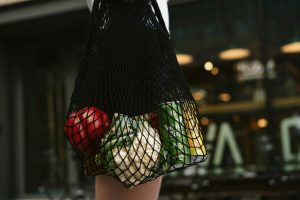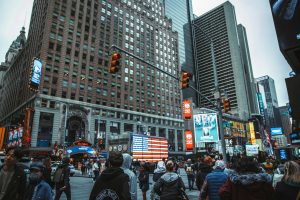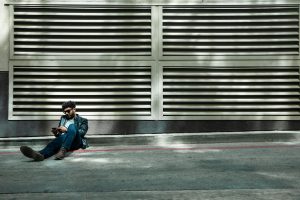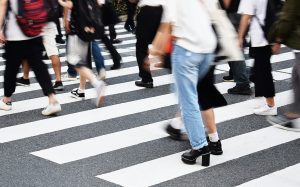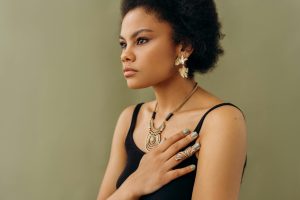Ethical wool and animal-free leathers trend upward
The fashion industry has been known for its luxurious materials and trendy designs, but it has also been criticized for its unethical treatment of animals in the production of certain garments. However, there has been a recent surge in popularity for ethical alternatives, such as wool and animal-free leathers. With consumer awareness and demand for sustainable and cruelty-free fashion on the rise, it’s no surprise that ethical wool and animal-free leathers are becoming a major trend in the fashion world.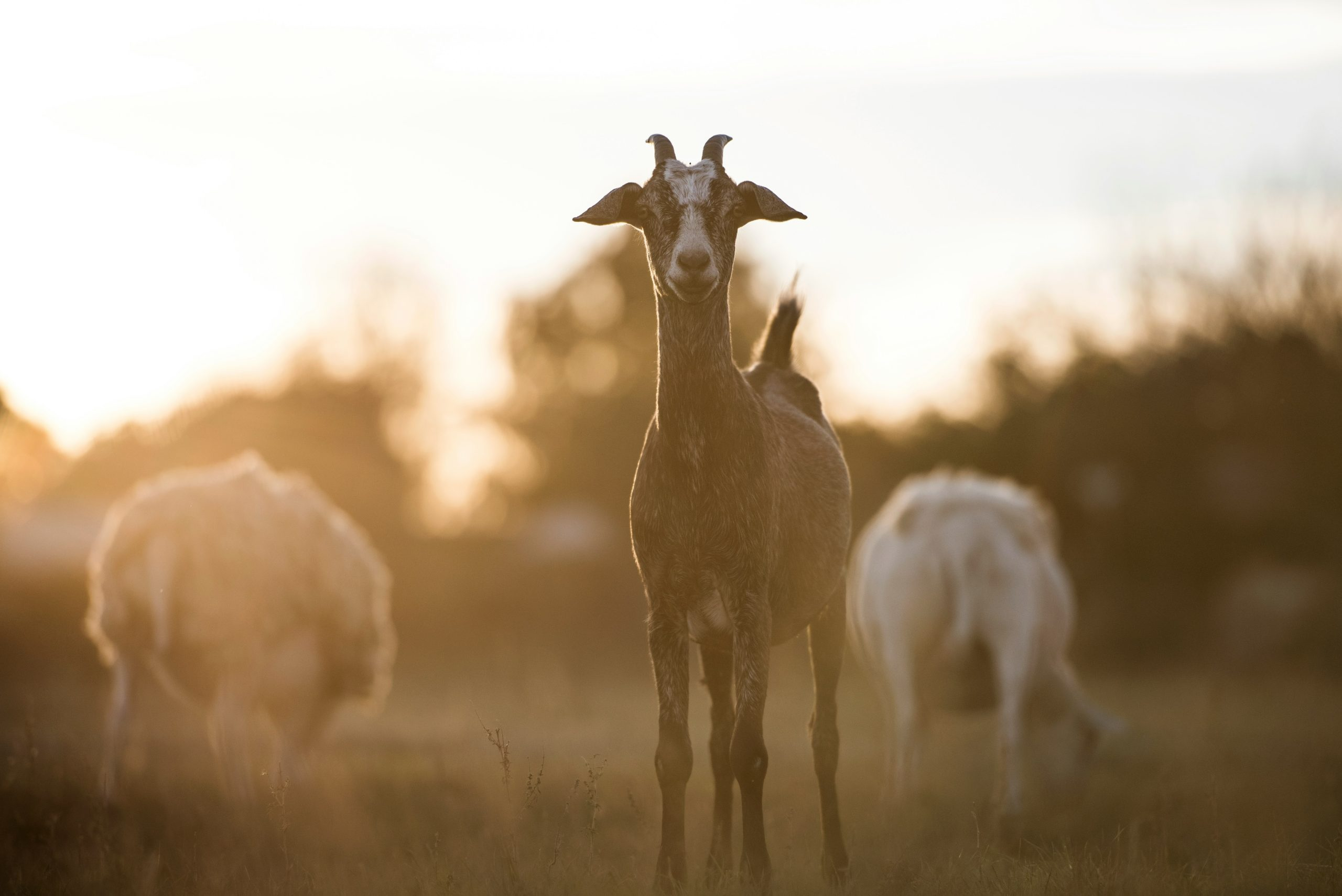
The Demand for Ethical Wool
Wool is a natural and sustainable material made from the fleece of sheep. While it has been a popular choice in the fashion industry for centuries, the methods of obtaining wool have been questioned in recent years. Many fashion brands have been under fire for their use of wool obtained from sheep that have been subjected to cruel treatment, such as mulesing, a controversial practice of removing strips of skin from a sheep’s breech area.
However, with growing concerns for animal welfare, many fashion brands have started to source wool from farms that follow ethical practices. These farms prioritize the health and well-being of their sheep, ensuring that they are not subjected to any form of unnecessary pain or discomfort. This has resulted in an increase in demand for ethical wool from both consumers and fashion brands that want to align themselves with more sustainable and ethical practices.
The Rise of Animal-Free Leathers
Animal-free leathers, also known as vegan leather or faux leather, have been gaining popularity in recent years as a cruelty-free and more environmentally friendly alternative to traditional leather made from animal skins. While traditional leather production results in the use of harmful chemicals and large amounts of water, vegan leather can be made from materials such as cork, pineapple leaves, and even mushrooms, making it a more sustainable option for fashion brands.
Besides being a more ethical and eco-friendly option, animal-free leathers also offer a more affordable alternative to traditional leather. As the demand for vegan leather has increased, a variety of options have become available, allowing fashion brands to create luxurious, high-quality pieces without the use of animal products. This has resulted in a significant shift towards vegan leather in the fashion industry and has even led to the development of new and innovative materials.
The Impact on the Fashion Industry
The trend towards ethical wool and animal-free leathers has not only had an impact on the materials used in fashion, but it has also influenced the way fashion brands operate. In recent years, many major fashion brands have made sustainability and ethical practices a top priority, in response to the growing demand from consumers for more conscious fashion choices.
This shift has also paved the way for smaller, independent fashion brands that prioritize ethical and sustainable production methods. These brands have been gaining a loyal following from consumers who want to support eco-friendly and ethical fashion practices. This has created a ripple effect in the industry, further shaping the demand for ethical wool and animal-free leathers.
The Future of Ethical Fashion
The trend towards ethical wool and animal-free leathers is more than just a passing fad. As consumers become more conscious of their impact on the environment and animal welfare, the demand for sustainable and ethical fashion is expected to continue to rise. This will likely result in further developments and innovations in the production of materials, as well as increased transparency and accountability from fashion brands.
In conclusion, the trend towards ethical wool and animal-free leathers is a positive step towards more sustainable and humane fashion practices. With the increasing demand from consumers, it is evident that this trend will continue to shape the fashion industry in the years to come, making a positive impact on the environment, animal welfare, and the fashion landscape as a whole.

